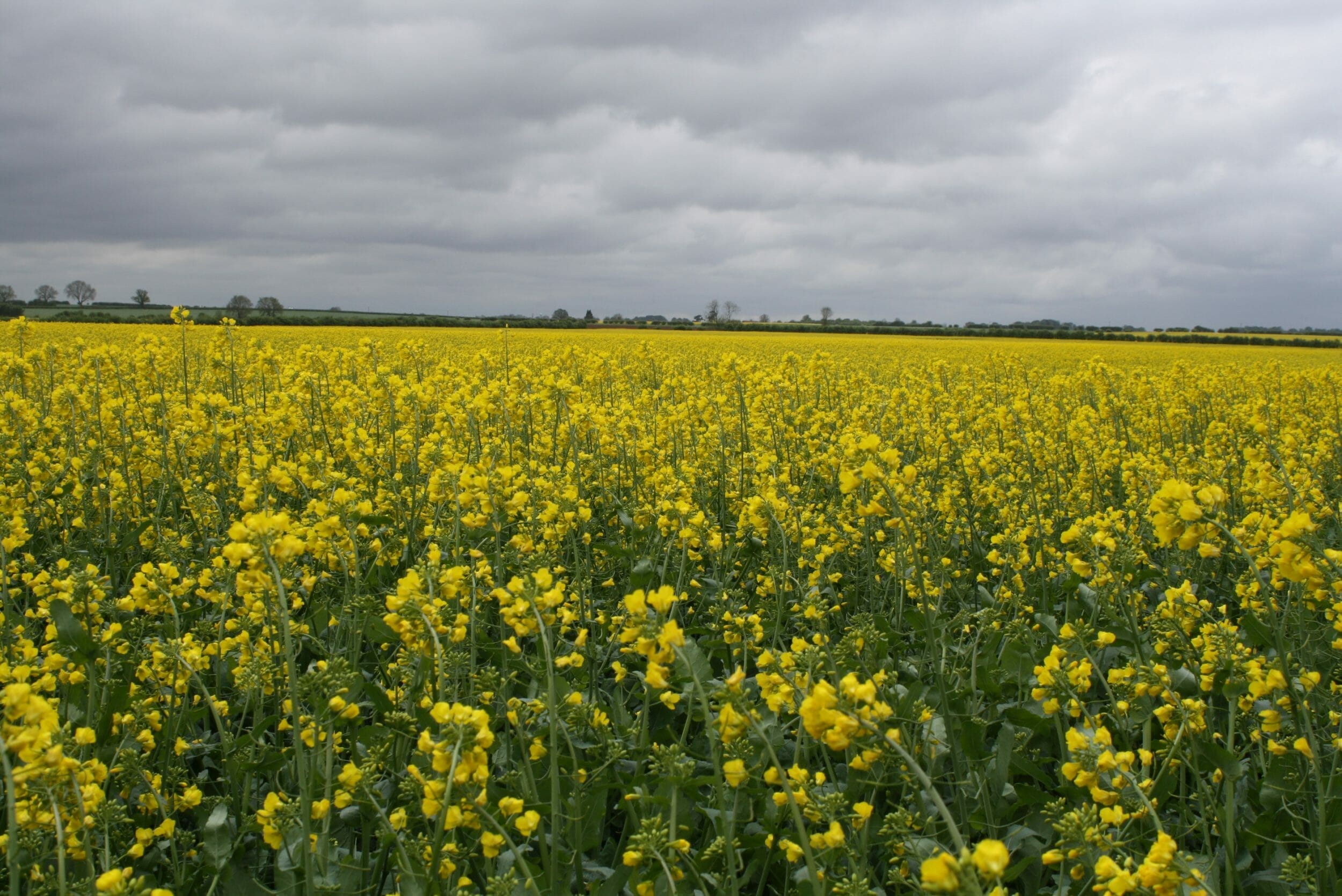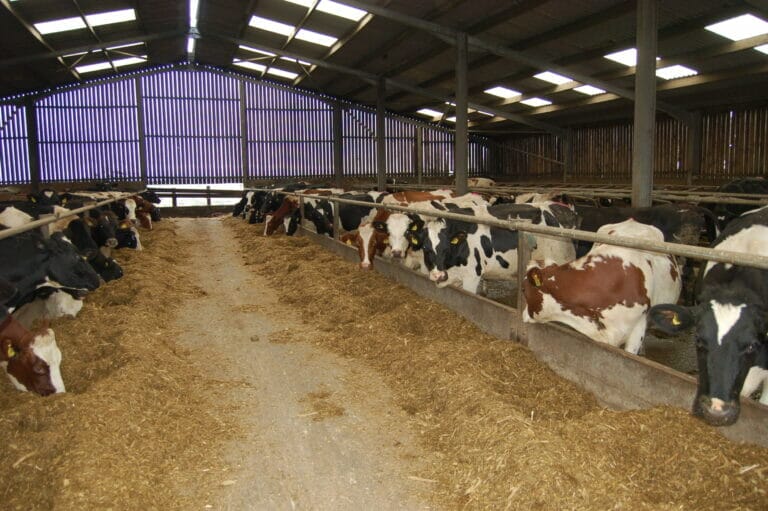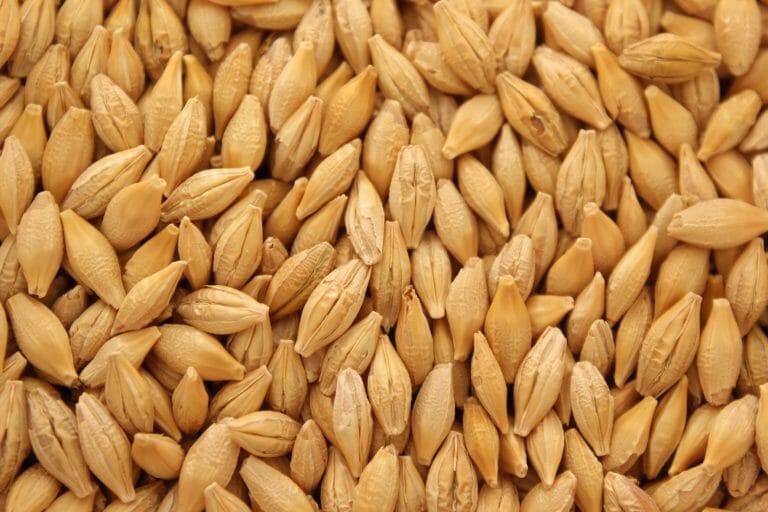
OSR hasn’t always been the break crop of choice in Ireland, but it’s gained popularity as a replacement for sugar beet since 2006, says farmer John Dunne and Goldcrop, arable trials & agronomy manager.
“Growers quickly realised how good a break crop it is and how both wheat and barley got a kick when grown after it, the kick in spring barley being seen for a few years after OSR.
“The planted area grew until 2012, when we had a bad harvest, and then faltered after a few varieties let growers down.”
But the trade continued to push the crop and Harvest 21 saw 10,000ha harvested. “This grew to 14,000ha for Harvest 22 and is expected to be 19,000ha this year,” he explains.
One reason for the increasing area has been down to better yields, says John.
“We’ve seen a 30% increase in yields over the past six years. Whereas growers would previously have achieved 3.95t/ha to 4.45t/ha, they’re now regularly getting 4.94t/ha to 5.43t/ha – so it’s a big increase.”
But getting the crop sown in time can be a challenge, he says. “Planting OSR behind winter barley is fine, but trying to get it in after winter wheat or spring barley can be tricky.
“In 2006, growers started out with conventional varieties but they’ve moved towards hybrids over time. We have to be careful that varieties aren’t too vigorous, but we’d rather be looking at the crop rather than looking for it.”
Having traits such as TuYV resistance in varieties is really important to Irish farmers because the climate is quite mild, according to John. “When we get a frost, it’s a notable topic of conversation here. And because it’s so mild, we’ve had issues with barley yellow dwarf virus, and this made me wonder if TuYV was also nipping at OSR yields.”
Working with breeders Limagrain UK who were the first to introduce the trait, Goldcrop took samples of varieties without TuYV resistance and found the virus to be consistently showing up. “Once you get your eye in for identifying the virus symptoms, you’ll see a reddening of leaves at the edges of the field and along tramlines and the disease can take up to a third of the yield.
“Last year we saw headline varieties without resistance falter in our official trials, whereas resistant varieties took this risk out of the equation.”

John Dunne
According to John, Irish growers have also had more trouble with light leaf spot than with phoma and so really value highly resistant varieties.
“LLS has always been the tougher beast to my mind and in some years the circumstances play into it with higher pressures, especially when there are nearby OSR stubbles. As the disease cycles so frequently and repeatedly, it can be hard to control and is the most damaging disease we have, so having genetic resistance is a huge help.”
He also feels that pod shatter resistance has to be standard in all varieties. “Our climate is tricky, so to have something that won’t shed is a big safety net. I can’t really believe that varieties still come to market without it.”
Irish farmers have become very fond of growing OSR, adds John. “It’s an essential part of the rotation for many, so having stacked traits to secure its future place here is important.”
Liam Wilkinson, product manager for OSR at Limagrain feels that the Irish OSR area has increased because of access to varieties with stacked traits. “If a disease is going to be found in any crop, the Irish will normally get it, but having new genetics in place has really helped secure OSR’s place in Ireland.”


































